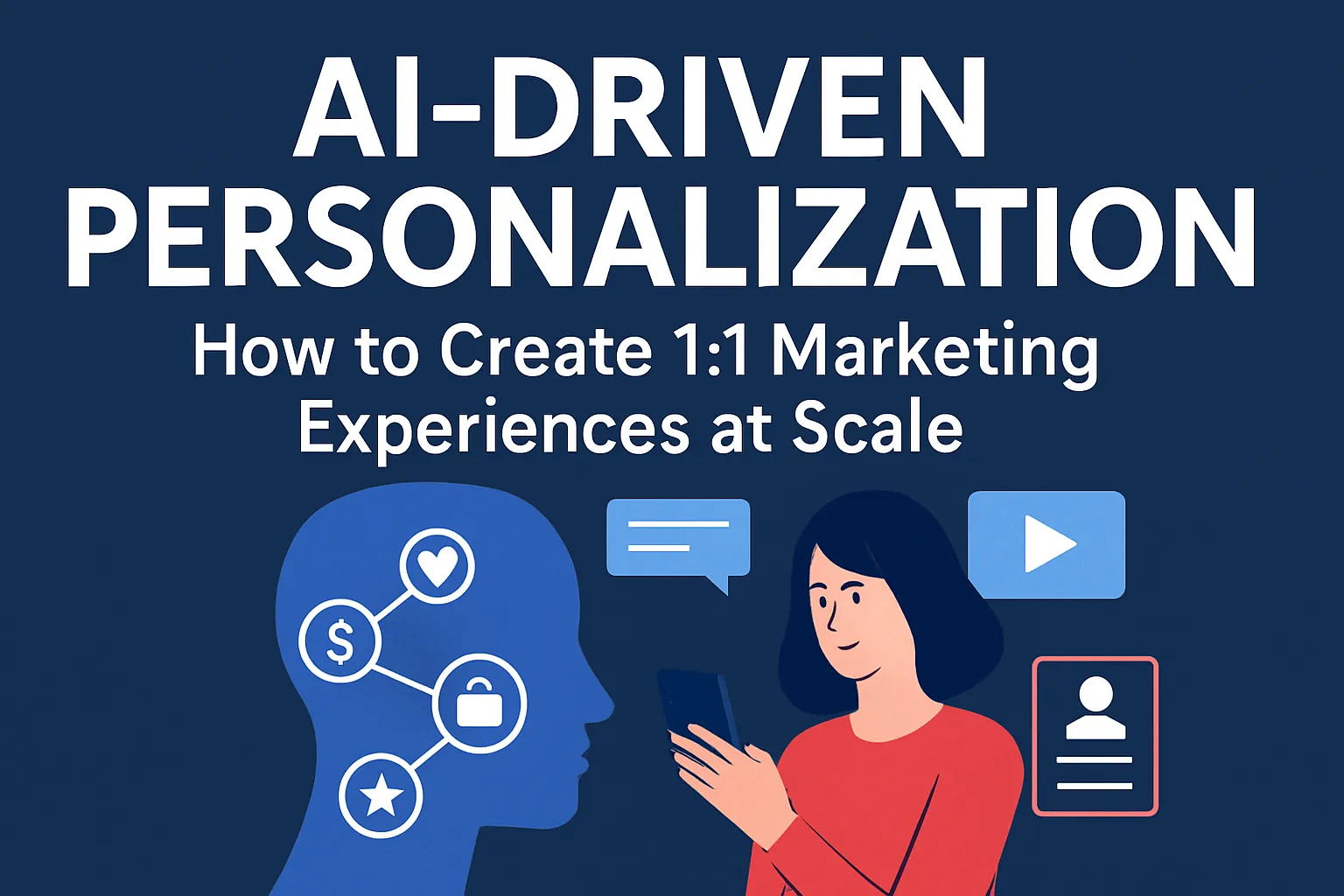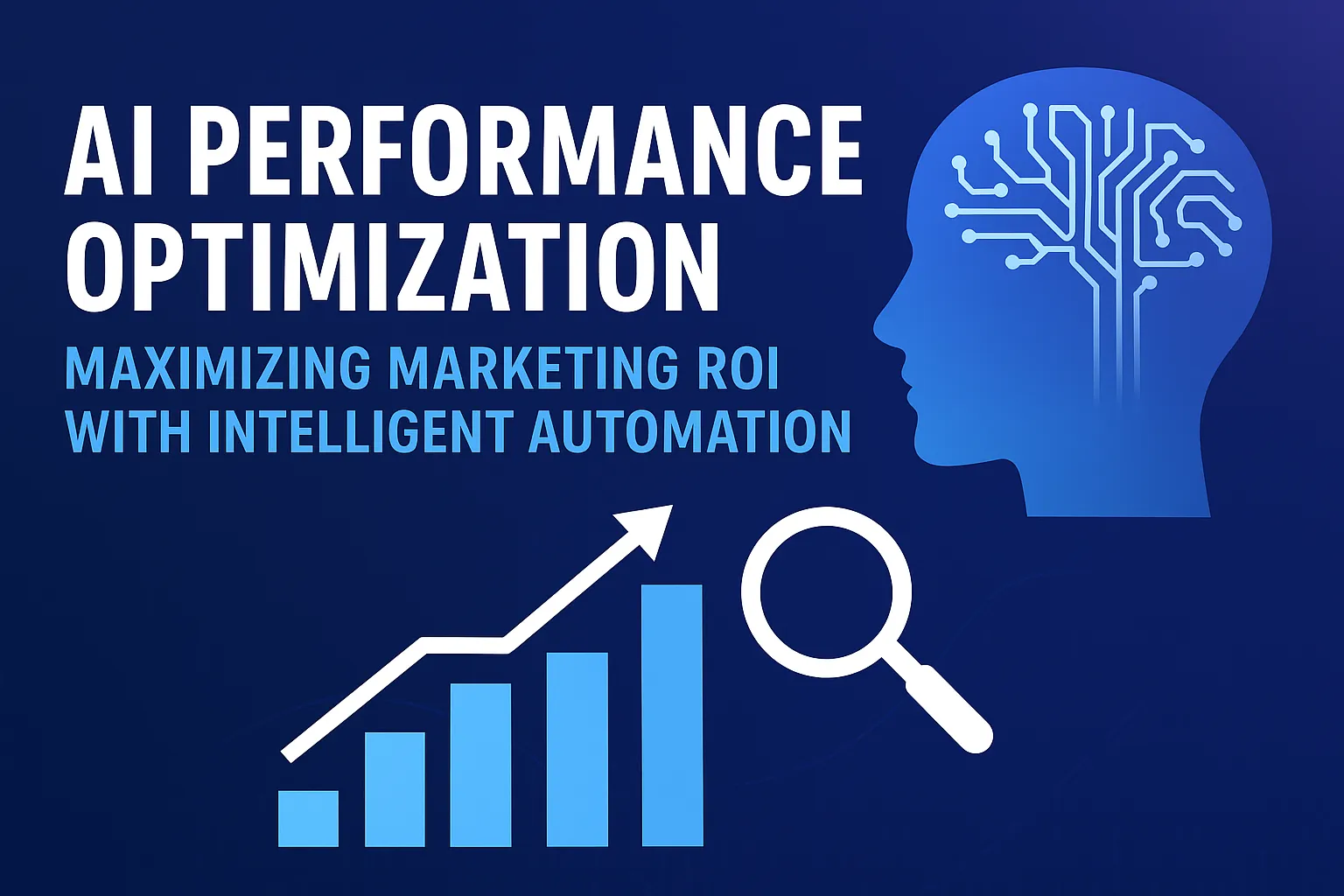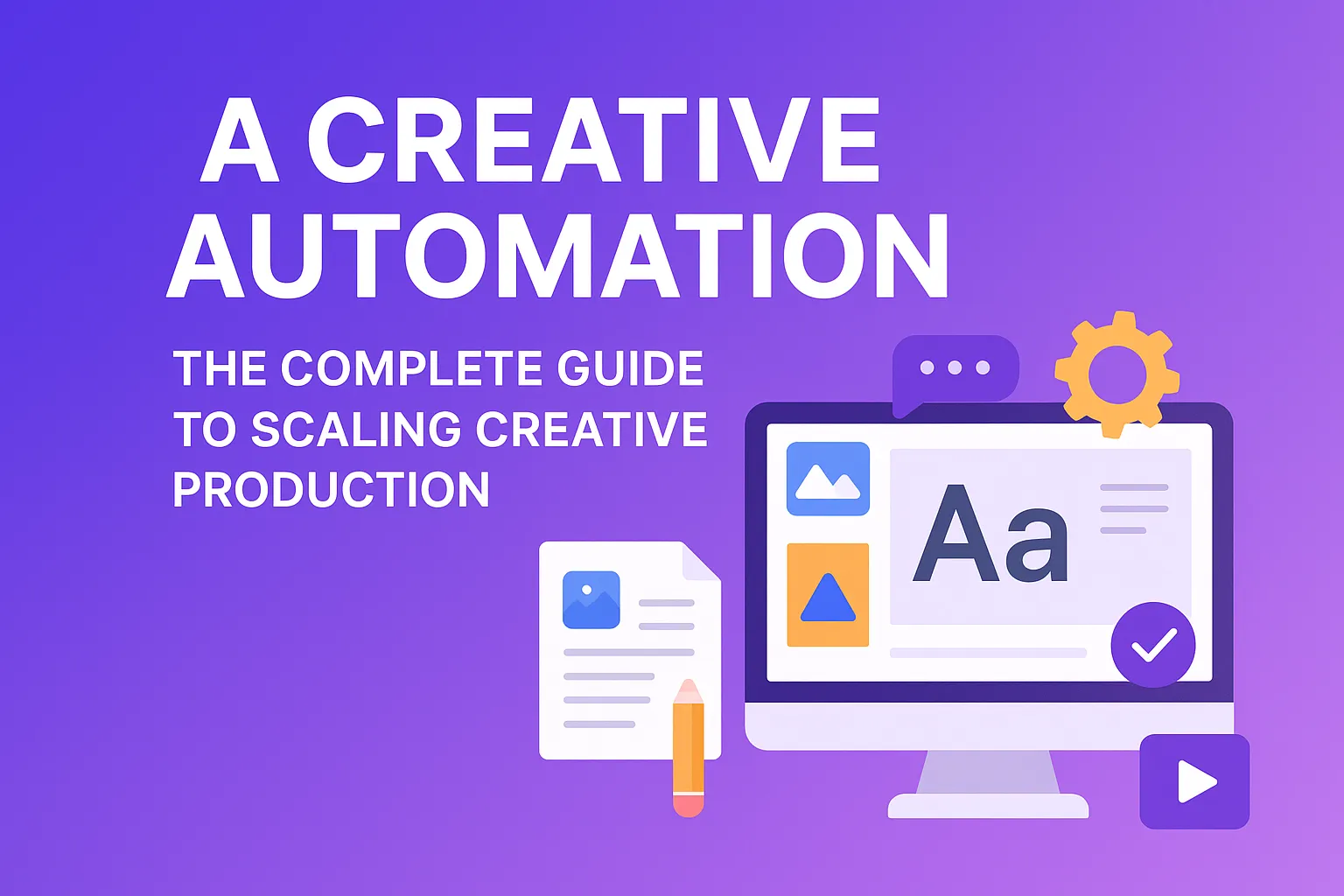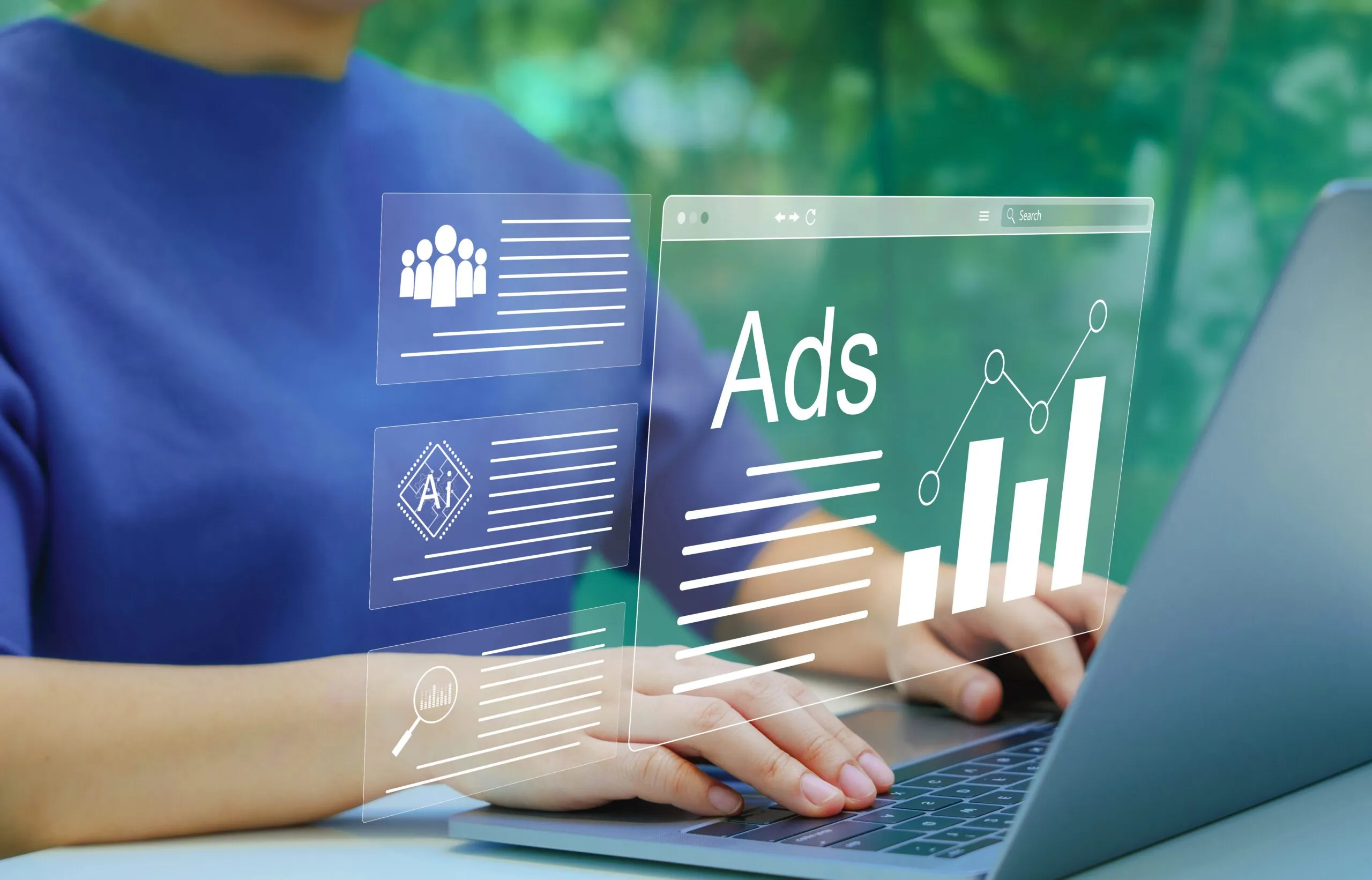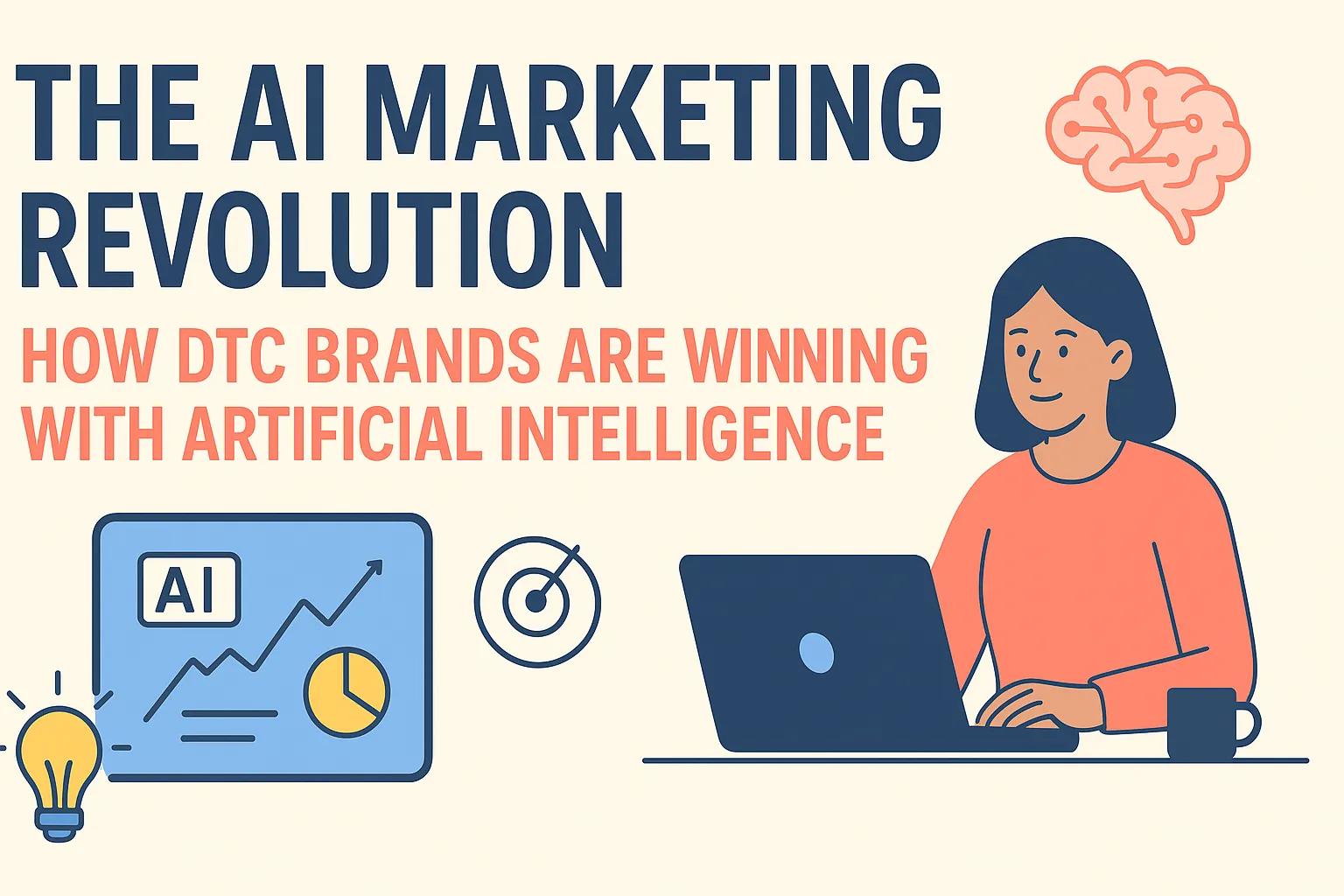AI-Driven Personalization: How to Create 1:1 Marketing Experiences at Scale
Imagine walking into a store where every product is perfectly arranged for your preferences, every message speaks directly to your needs, and every recommendation feels like it was handpicked just for you. This isn’t a luxury boutique—it’s the power of AI-driven personalization in modern marketing.
While traditional marketing treats all customers the same, AI personalization creates unique experiences for each individual, leading to higher engagement, increased loyalty, and significantly better business results.
The Personalization Imperative
Today’s consumers expect personalized experiences. In fact, 80% of consumers are more likely to make a purchase when brands offer personalized experiences, and 72% only engage with marketing messages that are customized to their interests.
The challenge? Delivering true personalization at scale is nearly impossible with traditional marketing methods. That’s where AI comes in.
How AI Personalization Works
Data Collection and Analysis
AI personalization starts with data—lots of it. Modern AI systems can process:
- Behavioral data: How users interact with your website, emails, and ads
- Demographic data: Age, location, income, and other characteristics
- Psychographic data: Interests, values, and lifestyle preferences
- Transactional data: Purchase history and spending patterns
- Contextual data: Time of day, device type, and current situation
Machine Learning Models
AI uses sophisticated machine learning models to:
- Segment customers into micro-groups based on shared characteristics
- Predict preferences for products, content, and communication styles
- Optimize timing for when to send messages and offers
- Recommend content that’s most likely to resonate
- Adapt messaging to match individual communication preferences
Real-Time Decision Making
The magic happens in real-time. As users interact with your brand, AI instantly:
- Updates their profile with new information
- Adjusts recommendations based on current behavior
- Modifies messaging to match their mood or context
- Optimizes the next touchpoint in their journey
Key AI Personalization Strategies
1. Dynamic Content Personalization
Instead of showing the same content to everyone, AI creates unique experiences for each user.
Website personalization:
- Homepage layouts that match user interests
- Product recommendations based on browsing history
- Pricing displays that reflect user’s price sensitivity
- Content that adapts to user’s experience level
Email personalization:
- Subject lines that match user preferences
- Product recommendations based on purchase history
- Send times optimized for each individual
- Content that reflects user’s current life stage
2. Predictive Product Recommendations
AI doesn’t just recommend products based on past purchases—it predicts what users will want before they know it themselves.
Advanced techniques:
- Collaborative filtering: “Users like you also bought…”
- Content-based filtering: “Based on your interests in…”
- Hybrid approaches: Combining multiple recommendation methods
- Real-time adaptation: Recommendations that change as users browse
3. Behavioral Trigger Marketing
AI identifies the perfect moments to engage with customers based on their behavior patterns.
Common triggers:
- Abandonment recovery: Re-engaging users who left without purchasing
- Upsell opportunities: Identifying when users are ready to upgrade
- Re-engagement campaigns: Bringing back dormant customers
- Lifecycle marketing: Adapting messages to user’s current stage
4. Cross-Channel Personalization
AI ensures consistent, personalized experiences across all touchpoints.
Channel coordination:
- Social media: Content that matches user’s platform preferences
- Advertising: Ads that reflect user’s current interests and needs
- Customer service: Support that understands user’s history and context
- Mobile apps: Experiences that adapt to user’s device and usage patterns
Advanced AI Personalization Techniques
Emotion-Based Personalization
Advanced AI can detect and respond to user emotions through:
- Sentiment analysis of social media posts and reviews
- Behavioral indicators that suggest emotional state
- Contextual cues like time of day or recent events
- Voice and text analysis for emotional tone
Predictive Lifecycle Marketing
AI predicts where users are in their customer journey and adapts messaging accordingly.
Lifecycle stages:
- Awareness: Educational content for new prospects
- Consideration: Comparison content for evaluating options
- Purchase: Streamlined buying experiences
- Onboarding: Welcome sequences for new customers
- Retention: Loyalty programs and exclusive offers
- Advocacy: Referral programs and user-generated content
Micro-Moment Personalization
AI identifies and responds to micro-moments—brief instances when users turn to their devices for immediate needs.
Micro-moment types:
- “I want to know” moments: Providing educational content
- “I want to go” moments: Location-based offers and information
- “I want to do” moments: Step-by-step guidance and tutorials
- “I want to buy” moments: Streamlined purchasing experiences
Implementing AI Personalization: A Practical Guide
Phase 1: Data Foundation
-
Audit your data sources
- Identify all customer touchpoints
- Map data collection points
- Ensure data quality and consistency
-
Implement data collection
- Set up tracking across all channels
- Ensure GDPR compliance
- Create unified customer profiles
Phase 2: AI Platform Selection
-
Choose the right AI personalization platform
- Look for real-time processing capabilities
- Ensure integration with your existing tools
- Verify scalability for your customer base
-
Define personalization rules
- Set up basic segmentation
- Create content variation templates
- Establish testing frameworks
Phase 3: Campaign Implementation
-
Start with high-impact areas
- Email marketing personalization
- Website homepage customization
- Product recommendation engines
-
Measure and optimize
- Track personalization performance
- A/B test different approaches
- Continuously improve algorithms
Phase 4: Advanced Features
-
Implement predictive capabilities
- Next-best-action recommendations
- Churn prediction and prevention
- Lifetime value optimization
-
Expand to all channels
- Social media personalization
- Advertising customization
- Customer service personalization
Measuring AI Personalization Success
Key Performance Indicators
Engagement metrics:
- Click-through rates by segment
- Time spent on personalized content
- Email open rates by personalization level
- Social media engagement rates
Conversion metrics:
- Conversion rates by personalization approach
- Average order value by segment
- Customer lifetime value improvements
- Revenue per personalized interaction
Loyalty metrics:
- Customer retention rates
- Repeat purchase rates
- Net Promoter Score improvements
- Referral rates
Advanced Analytics
Attribution modeling:
- Understanding which personalization touches drive conversions
- Measuring the cumulative impact of personalized experiences
- Optimizing the personalization mix across channels
Predictive analytics:
- Forecasting customer behavior
- Identifying high-value personalization opportunities
- Predicting churn risk and prevention strategies
Common Personalization Pitfalls
1. Over-Personalization
Too much personalization can feel creepy or invasive. The key is finding the right balance.
Best practices:
- Start with basic personalization and gradually increase sophistication
- Always provide value with personalized content
- Give users control over their personalization preferences
2. Poor Data Quality
Personalization is only as good as the data it’s based on.
Data quality essentials:
- Regular data cleaning and validation
- Consistent data collection across channels
- Proper data governance and privacy controls
3. Ignoring Privacy Concerns
Users are increasingly concerned about data privacy, and regulations are becoming stricter.
Privacy-first approach:
- Be transparent about data collection
- Give users control over their data
- Comply with all relevant regulations (GDPR, CCPA, etc.)
The Future of AI Personalization
Emerging Technologies
Voice and conversational AI:
- Personalized voice assistants
- Conversational commerce
- Voice-based product recommendations
Augmented and virtual reality:
- Personalized AR shopping experiences
- Virtual try-on with AI recommendations
- Immersive brand experiences
Internet of Things (IoT):
- Smart home personalization
- Wearable device integration
- Contextual location-based experiences
Preparing for the Future
- Invest in data infrastructure that can handle increasing complexity
- Build AI expertise within your marketing team
- Stay updated on new personalization technologies
- Test new approaches as they become available
Getting Started with AI Personalization
AI personalization isn’t just a nice-to-have—it’s becoming essential for competitive marketing. The brands that master personalization will build stronger customer relationships, drive higher engagement, and achieve better business results.
Your next steps:
- Assess your current personalization capabilities
- Identify the biggest personalization opportunities
- Start with a pilot program in one channel
- Scale successful strategies across your entire marketing operation
The future of marketing is personal, intelligent, and incredibly effective. With AI personalization, you can create experiences that feel like they were designed specifically for each individual customer—because they were.
Ready to transform your marketing with AI personalization? Discover how Adomate’s AI platform can help you create truly personalized experiences that drive engagement and revenue.

